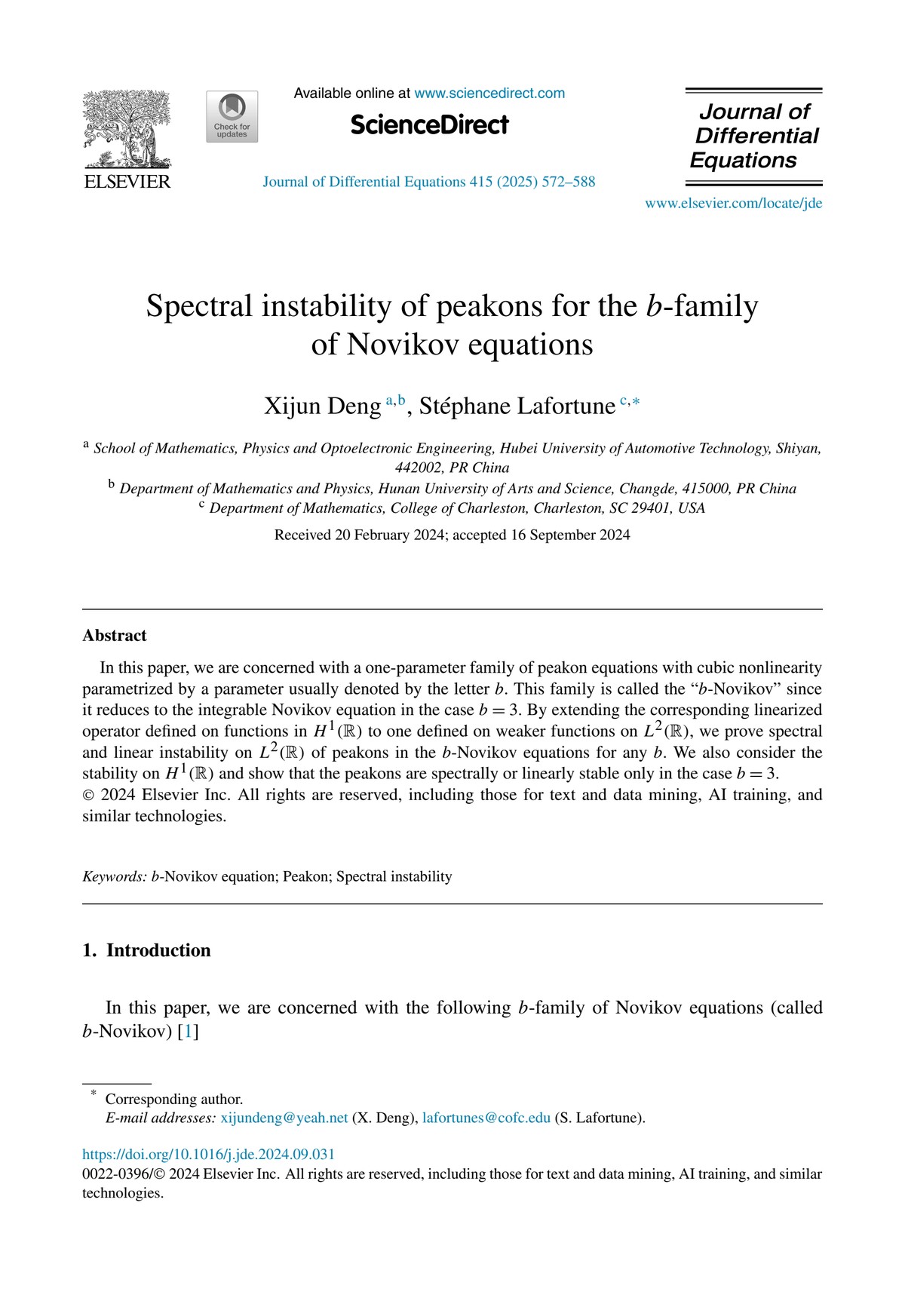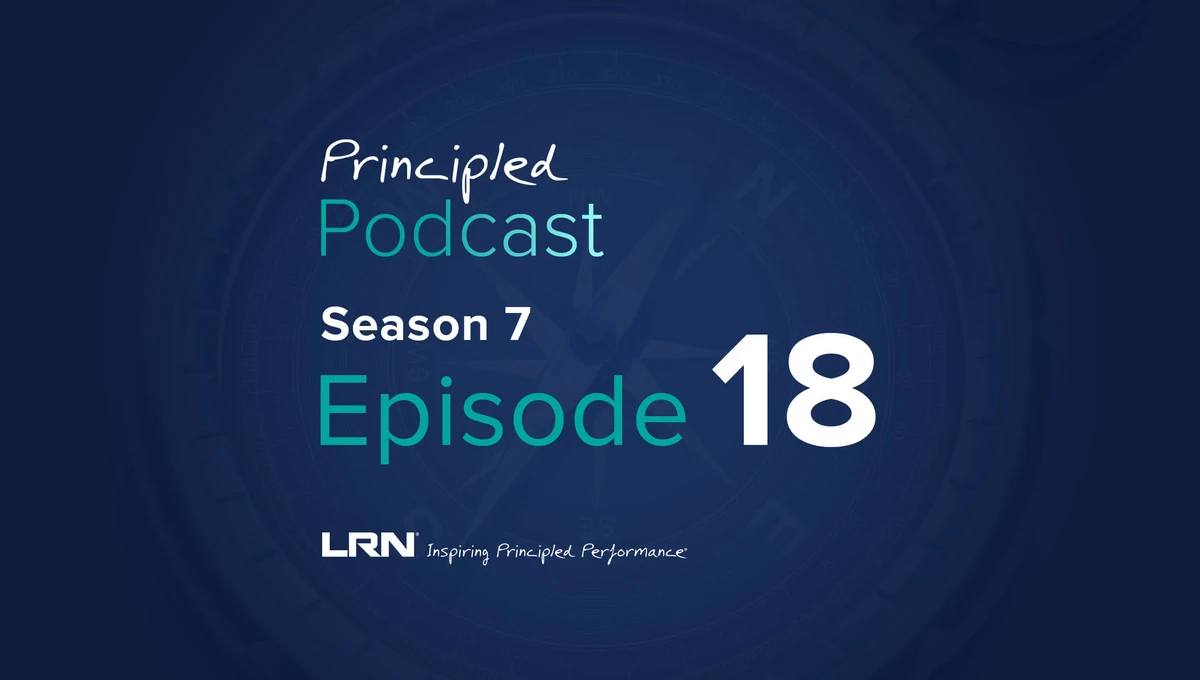How Liquidity Affects Quantitative Trading Models
Liquidity is one of the most fundamental yet often misunderstood factors in quantitative trading. While many traders focus on price patterns, signals, or predictive models, the success of these systems is heavily influenced by the liquidity conditions of the markets they operate in. Understanding how liquidity affects quantitative trading models is not only a matter of efficiency—it’s a matter of survival in highly competitive markets. This article explores the deep relationship between liquidity and quantitative strategies, introduces practical methods to address liquidity challenges, and provides a complete guide for traders and investors at all levels.
Understanding Liquidity in the Context of Quantitative Trading
Liquidity refers to how easily an asset can be bought or sold in the market without causing significant changes in its price. For quantitative traders, liquidity determines the feasibility of executing strategies, the reliability of backtests, and the overall robustness of trading systems.
- High Liquidity Markets: Tight bid-ask spreads, fast order execution, and minimal slippage. Examples include major currency pairs (EUR/USD, USD/JPY) or large-cap equities (Apple, Microsoft).
- Low Liquidity Markets: Wider spreads, higher slippage, and slower execution. Examples include small-cap stocks, exotic currency pairs, or certain crypto tokens.
In quantitative trading, liquidity is a critical constraint because even the best predictive models can fail when the market does not support the required volume.
Why Liquidity Matters for Quantitative Models
Liquidity impacts every stage of the quant trading lifecycle:
- Model Development
Quantitative researchers often assume perfect liquidity in their backtests. This leads to strategies that look profitable in theory but collapse in practice due to slippage and execution costs.
- Execution Efficiency
Algorithms designed for high-frequency trading (HFT) require extreme liquidity to operate effectively. Without sufficient depth, these models face excessive transaction costs.
- Risk Management
Illiquid assets expose traders to liquidity risk—the inability to exit positions without incurring large losses. This becomes particularly relevant during periods of market stress.
- Scalability
Liquidity sets the ceiling for how much capital can be deployed in a strategy. Large institutional traders often hit liquidity limits that smaller traders never encounter.
Methods to Incorporate Liquidity into Quantitative Models
1. Liquidity-Adjusted Backtesting
Many quants make the mistake of testing strategies under ideal liquidity conditions. To create realistic models:
- Incorporate transaction cost models (slippage, spread costs, fees).
- Apply volume-based constraints, limiting order sizes relative to average daily volume.
- Adjust for market impact functions, which estimate how order flow moves prices.
Pros: Improves realism and avoids overfitting.
Cons: Requires accurate liquidity data and complex calibration.
2. Liquidity-Aware Portfolio Construction
Portfolio managers can design allocations that optimize both expected returns and liquidity. For instance:
- Liquidity filters: Exclude assets with insufficient daily volume.
- Dynamic rebalancing: Adjust portfolio weights based on changing liquidity conditions.
- Liquidity buffers: Maintain a portion of assets in highly liquid instruments for flexibility.
Pros: Enhances stability during market stress.
Cons: May reduce potential returns by excluding higher-yield, low-liquidity opportunities.
3. Execution Algorithms
Smart order routing and execution algorithms help mitigate liquidity issues:
- VWAP/TWAP (Volume/Time Weighted Average Price): Spreads orders over time to reduce impact.
- Liquidity-seeking algos: Scan multiple venues to capture hidden liquidity.
- Dark pool execution: Matches large trades anonymously to minimize slippage.
Pros: Optimizes order execution efficiency.
Cons: Requires advanced infrastructure and access to multiple liquidity pools.
Comparing Liquidity-Aware Approaches
| Approach | Advantages | Drawbacks | Best For |
|---|---|---|---|
| Liquidity-Adjusted Backtesting | Prevents overestimation of returns | Requires accurate liquidity modeling | Researchers, quant developers |
| Liquidity-Aware Portfolio Design | Improves risk-adjusted returns | Limits access to higher-yield assets | Portfolio managers, institutions |
| Execution Algorithms | Reduces market impact and slippage | Complex and resource-intensive | High-frequency and large traders |

Real-World Insights from Liquidity Analysis
In my professional experience designing models for both retail and institutional investors, liquidity has consistently been the make-or-break factor. For instance, a small-cap equity momentum strategy looked excellent in backtests. However, when we applied it in real-time, liquidity dried up, leading to severe slippage. By contrast, a lower-return but highly liquid futures strategy scaled smoothly with larger capital deployment.
This highlights an important lesson: liquidity is not just a constraint—it is a strategic factor that determines scalability and survivability.
How to Improve Liquidity Integration in Models
- Use high-quality liquidity datasets with historical depth. (See: Where to find liquidity data for quantitative strategies.)
- Apply scenario analysis, testing models under low-liquidity conditions.
- Incorporate liquidity risk premia into expected returns.
- Develop adaptive strategies that change behavior in response to real-time liquidity shifts.

FAQs: Liquidity and Quantitative Trading Models
1. How to measure liquidity in quantitative trading?
Liquidity can be measured through bid-ask spreads, trading volume, market depth, and price impact metrics. Quantitative traders often use composite indicators that combine these measures into a single score.
2. Why is liquidity important in quantitative trading?
Liquidity ensures that trades can be executed efficiently without excessive slippage. It also allows models to scale and reduces the risk of being unable to exit positions during volatility.
3. How to manage liquidity for algorithmic trading?
Liquidity management involves using execution algorithms (VWAP/TWAP), limiting order sizes, diversifying across liquid instruments, and maintaining liquidity buffers. Stress testing under different liquidity regimes is essential.
Visual Insights
Liquidity as a driving force in quantitative trading models.
Market depth illustrating how liquidity influences execution risk.
Conclusion: Liquidity as a Strategic Edge
Liquidity is not just a backdrop—it is a defining element of quantitative trading success. From backtesting to live execution, liquidity conditions shape risk, scalability, and profitability. By applying liquidity-adjusted backtests, building liquidity-aware portfolios, and leveraging execution algorithms, traders can significantly improve the robustness of their strategies.
For traders at all levels, mastering liquidity is as important as mastering signals or models. The best trading system in the world is worthless if it cannot be executed under real market conditions. As the market evolves, those who can integrate liquidity into their quant frameworks will hold a sustainable competitive edge.
Now it’s your turn:
Have you experienced liquidity challenges in your own trading models? Share your insights in the comments below, and don’t forget to spread this article with colleagues who are exploring liquidity-aware strategies.

0 Comments
Leave a Comment